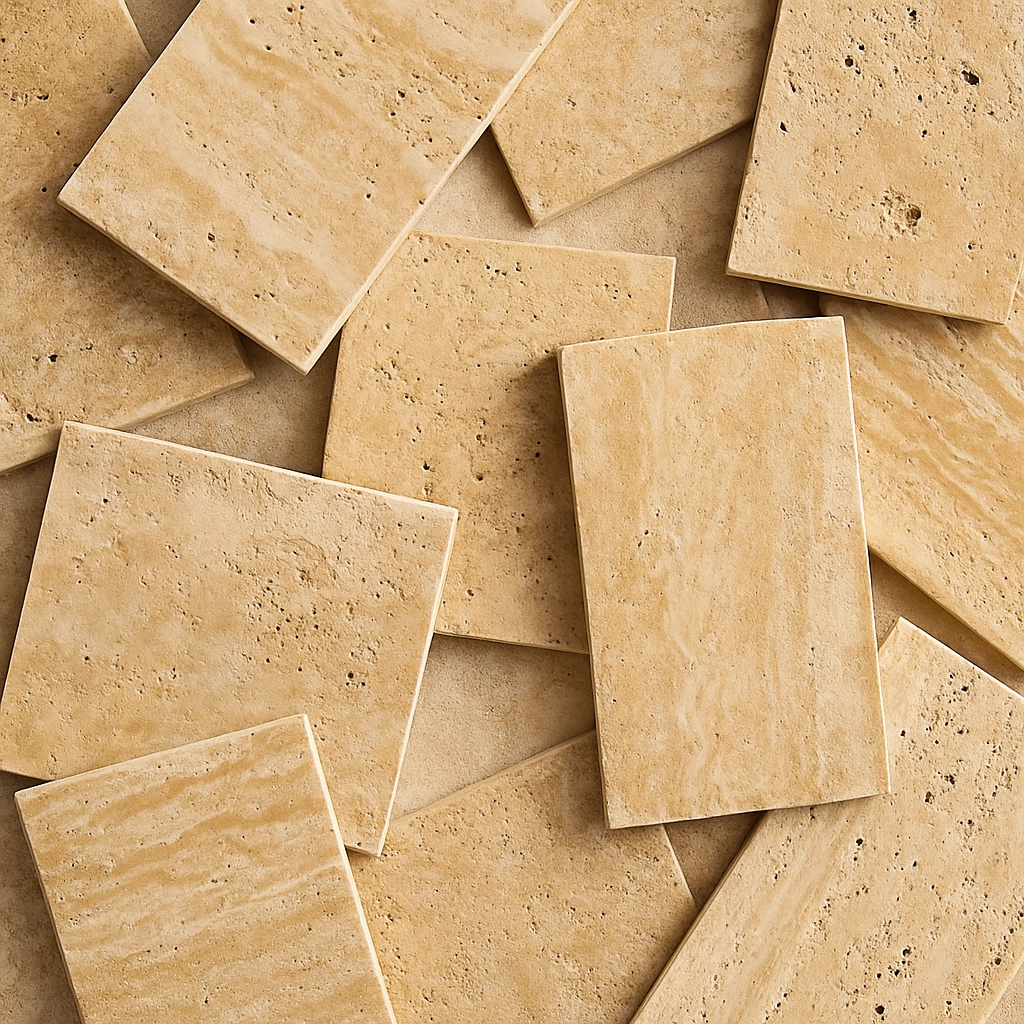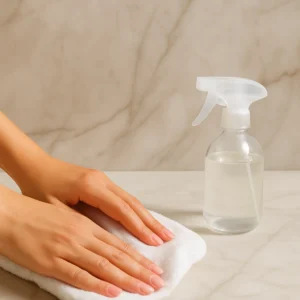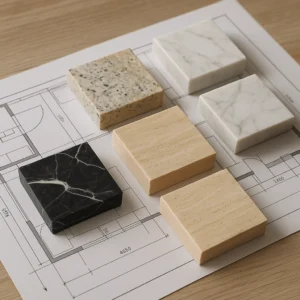If you’ve ever wondered what are the benefits of travertine in architecture, you’re not alone. Travertine is one of the most popular natural stones used in homes, hotels, and commercial buildings worldwide. Its timeless beauty, durability, and versatility make it a favorite among architects, designers, and builders. In this article, we’ll explore the benefits of travertine, with practical tips on why it’s the perfect choice for your next project.
What is Travertine?
Travertine is a sedimentary rock formed by mineral deposits near natural springs. Its characteristic earthy tones, unique veining, and subtle holes give it a distinct, organic look. Takab Travertine, for example, features beautiful beige and cream halos that elevate both modern and traditional architecture.
Benefit 1: Timeless Beauty
One of the top benefits of travertine is its timeless beauty. Travertine has been used for centuries in iconic buildings like the Roman Colosseum and continues to be a sought-after material today. Its warm tones and natural patterns suit a wide range of styles, from rustic Mediterranean villas to sleek contemporary homes.
Benefit 2: Versatility in Application
Travertine works in almost any area of your project. You can use it for:
- Exterior facades
- Interior walls
- Flooring
- Staircases
- Pool decks
- Landscaping
The ability to use travertine indoors and outdoors makes it incredibly flexible. Whether polished, honed, brushed, or left unfilled, it adapts perfectly to your design goals.
Benefit 3: Excellent Thermal and Acoustic Performance
Travertine’s natural porosity gives it excellent thermal insulation. This means spaces stay cooler in summer and warmer in winter, improving comfort and reducing energy bills. It also provides acoustic insulation, reducing noise in busy environments like hotels or public plazas.
Benefit 4: Durability and Longevity
When properly installed and maintained, travertine is incredibly durable. Filled and sealed Takab Travertine resists weather, wear, and aging. It’s a smart investment for long-term use, providing decades of reliable performance.
Benefit 5: Eco-Friendly Choice
Travertine is a natural, sustainable material. When sourced responsibly, it reduces the need for synthetic materials and supports environmentally friendly construction practices.
How to Maintain Travertine
To get the most out of your travertine, clean it regularly with pH-neutral cleaners, avoid acidic products, and reseal it every 1–2 years. This will preserve its beauty and protect it from stains and moisture.
FAQs
Is travertine good for outdoor use?
Yes! Travertine’s durability and thermal properties make it perfect for outdoor applications like patios and pool decks.
How often should I seal travertine?
We recommend sealing travertine every 1–2 years to protect it from moisture and staining.
Can I use travertine in bathrooms?
Absolutely! Travertine works beautifully in bathrooms, but make sure it’s properly sealed to prevent water damage.




